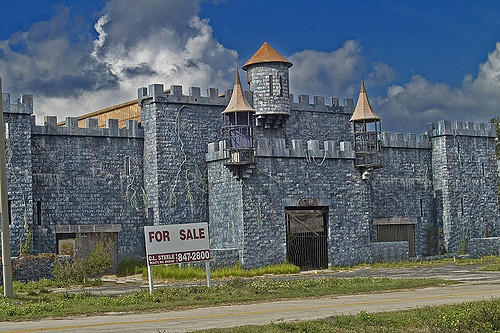Andreas Markwalder, New Country Head of Switzerland at Schroders
| For Gabriela Huerta | 0 Comentarios
Andreas Markwalder will be appointed Country Head of Switzerland at Schroders, effective on 3 January 2017, bringing more than 22 years of industry experience to the role.
Andreas joins Schroders from GastroSocial, the largest Swiss pensions fund in terms of members with assets under management of CHF 6.3 billion. Prior to becoming CEO, he was Head of Investments for 13 years. Andreas sits on a range of boards of investment funds and is the founder of AFIAA, a global property fund with over 40 Swiss pension funds invested and assets under management of CHF 1.4bn.
Andreas Markwalder will be based in Zurich and will report to John Troiano, Global Head of Distribution. He succeeds Stephen Mills who has been in the Country Head role since the 1990s.
Stephen Mills will take on a new senior role within Schroders. He will become Chairman of Schroder Investment Management, continue on the board of Secquaero Advisers and take on a number of additional internal board responsibilities across Europe. He will lead our relationships with the largest Swiss distributors and work to develop our growing private asset business across Europe. Mills will report to John Troiano, Global Head of Distribution.
Further Schroders is also appointing Serge Ledermann, until recently Bank J. Safra Sarasin’s Head of Asset Management Switzerland, as Deputy Chairman on the Board of Schroder Investment Management AG Board.
John Troiano, Global Head of Distribution at Schroders, said:”We welcome Andreas to Schroders as Country Head of our Swiss business. The appointment of an executive with Andrea’s experience and deep financial industry knowledge highlights our continued commitment to growth in Switzerland. Stephen has built and led our successful and highly-regarded Swiss business for the last 33 years. His extensive knowledge, skills and experience within the firm, specifically in the area of managing relationships with large Swiss distributors, are highly valued.”
Stephen Mills, newly appointed Chairman of the Board of Schroder Investment Management (Switzerland) AG, said: “I am delighted that Andreas Markwalder will be joining Schroders. Andreas brings with him a wealth of knowledge and experience as a pension fund manager and innovator. I am also pleased to welcome Serge Ledermann to the Board of Schroder Investment Management (Switzerland) AG. With 30 years of experience in asset management and of the Swiss institutional business, Serge Lederman brings unparalleled expertise. We look forward to working with them both.”
Andreas Markwalder, newly appointed Country Head of Switzerland at Schroders, said: “During my time as CEO and Head of Investments at GastroSocial, l had the opportunity to witness first hand the quality and professionalism of Schroders. I am delighted to join the firm as the new Country Head of Switzerland and look forward to developing the business further.”








